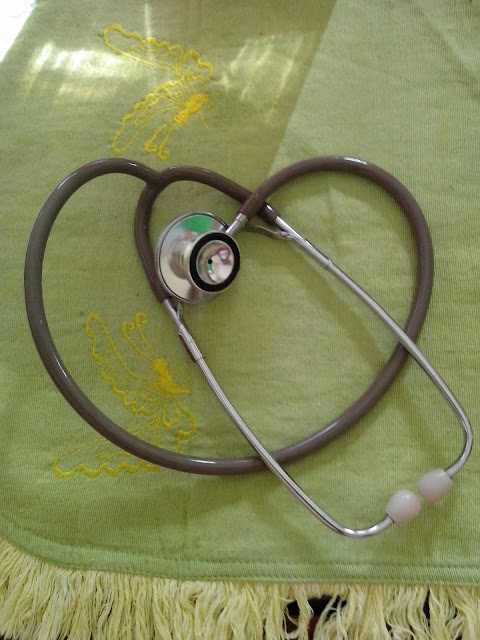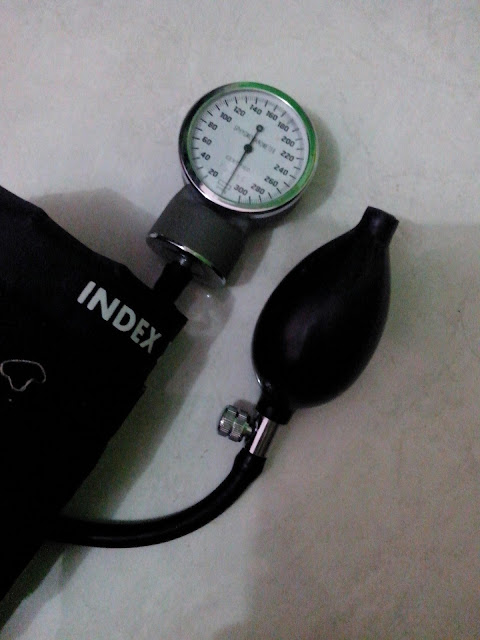A stethoscope is a medical device for listening to sounds inside the body. The initial stethoscope was invented in the early 19th century by French physician Ren� Laennec, but was actually trying to achieve a rather different end: doctor-patient distance....
Monday, April 25, 2016
Preventing Patient Falls
Falls are a major cause of injury and death among elderly people. In fact, the
older the person, the more likely he is to die of a fall or its complications.
Factors that contribute to falls among elderly patients include lengthy
convalescent periods, a greater risk of incomplete recovery, medications,
increasing physical disability, and impaired vision or hearing.
If you're helping a fallen patient, send an assistant to collect
the assessment or resuscitation equipment you need.
Preventing
Assess your patient's risk of falling at least once each shift (or
at least every 3 months if the patient is in a long-term care facility). Your
facility may require more frequent assessments. Note any changes in his
condition -such as decreased mental status- that increase his chances of
falling. If you decide that he's at risk, take steps to reduce the danger.
Correct potential dangers in the patient's room. Position the call
light so that he can reach it. Provide adequate nighttime
lighting.
Place the patient's personal belongings and aids (purse, wallet,
books, tissues, urinal, commode, cane or walker) within easy reach.
Instruct him to rise slowly from a supine position to avoid possible dizziness and loss of balance.
Keep the bed in its lowest position so the
patient can easily reach the floor when he gets out of bed. This also reduces the distance to the floor in case he
falls. Lock the bed's wheels. If side rails are to be raised, observe the
patient frequently.
Advise the patient to wear nonskid footwear.
Respond promptly to the patient's call light to
help limit the number of times he gets out of bed without help.
Check the patient at least every 2 hours. Check a high-risk patient
every 30 minutes.
Alert other caregivers to the patient's risk of falling and to the
interventions you've implemented.
Consider other precautions, such as placing two high-risk patients
in the same room and having someone with them at all times.
Encourage the patient to perform active range-of-motion (ROM)
exercises to improve flexibility and coordination.
Subscribe to:
Comments (Atom)
Powered by Blogger.



